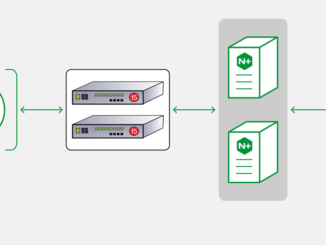
Addressing the PHP-FPM Vulnerability (CVE-2019-11043) with NGINX
Addressing the PHP-FPM Vulnerability (CVE-2019-11043) with NGINX A recently reported vulnerability, tracked as CVE-2019-11043, can affect websites that use PHP‑FPM to execute PHP pages. PHP‑FPM usage is particularly common at NGINX‑powered websites because NGINX does not have an in‑process PHP runtime. Instead, NGINX acts as a reverse proxy for application servers and process managers such as PHP‑FPM. The vulnerability lies in PHP‑FPM itself, not NGINX, so the only guaranteed solution is to upgrade to the patched release (or later) of your PHP version: PHP 7.1.33, PHP 7.2.24, or PHP 7.3.11. What Is the Nature of the Vulnerability? NGINX communicates with PHP‑FPM using the FastCGI protocol. Each FastCGI message contains a set of environment variables. One of these, PATH_INFO, is derived from other request parameters. If its value is unexpectedly empty, this can ultimately cause memory corruption in the PHP‑FPM binary. It is possible [ more… ]

